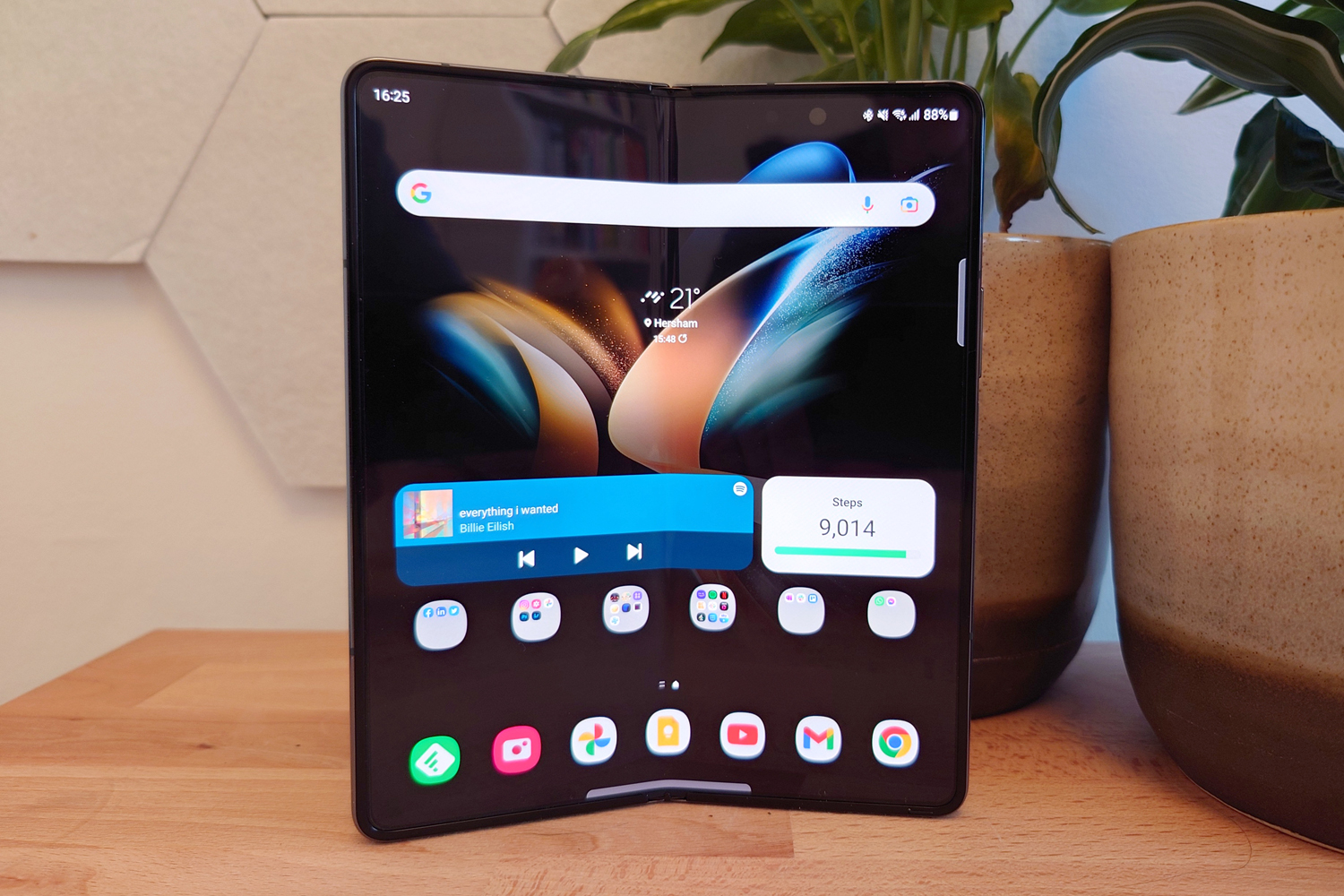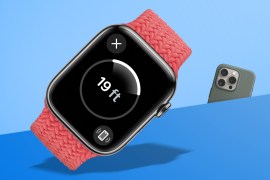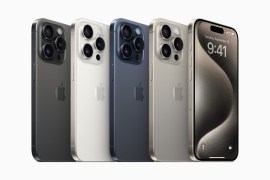The iPhone 14 I want is the one that makes all my other devices obsolete
In its relentless march for supremacy, the smartphone should remove tablets and PCs from the board too

I recall a cartoonist once lashed out at the state of the world through the medium of black rectangles. They complained variety and character used to be found in the depiction of everyday actions: making a call; taking a photo; watching TV. Now, drawing these things was boring because they all involved people staring at smartphones. For everyone else, though, this evolution was a boon.
Given the incremental drip drip drip of technology, it’s easy to forget how rapidly things changed in the mobile space. At the turn of the century, people were still genuinely excited about Snake on a Nokia phone. On today’s smartphones, you can stream AAA games, instantly access enough music to last several lifetimes, and watch the latest blockbusters in glorious 4K, all while walking down the street and barely avoiding walking into traffic.
I want more. My hope isn’t that the aforementioned cartoonist’s dreams come true. (Sorry. I loved your work! Send me a link!) I don’t want humanity to discard pocketable rectangles of joy and rediscover telephones and record players. I want smartphones to eat into what territory’s still occupied by other devices.
I’m sure I’ll make happy noises when Apple’s iPhone 14 lands. The notch will be gone. We will get more storage. The already ludicrously powerful CPU will be even more ludicrously powerful. And a new rear camera and smart software will combine to capture a gnat’s wink at 50 paces.
This will allow me to do existing things better. And I already use my iPhone for a lot, including editing images, composing music, and making notes for articles. But fast forward that drip drip drip a few years and the iPhone could be the brains for AR glasses that help you perform many solo and collaborative tasks without the need for other devices. That sounds properly exciting.

Even when you step back from the sci-fi brink, there are opportunities for device eradication. An iPhone that could enlarge its screen would do away with the need for an iPad when I want to watch movies without squinting, read comics and magazines, or play more immersive mobile games. And for office and writing tasks, I could remove a Mac or PC from the equation and use the device I always have on me, if it could reconfigure itself when connected to appropriate peripherals.
A handful of Android devices have already moved in this direction. Plug them into a display (and connect a keyboard and pointing device) and you get something that’s recognisably – if not quite – a desktop PC. It’s a step in the right direction, if stymied a little by the lack of ambition in the Android app ecosystem and a lot by the lack of any kind of industry consistency whatsoever.
Still, that beats Apple kicking and screaming against a future where instead of buying several devices that offer continuity between them, you go all-in on one that can do everything. Stage Manager remains a mess on iPad and it’s therefore unthinkable that the iPhone might soon gain meaningful external display support that would expand its utility in this fashion.
Even so, a future of ‘one device to rule them all’ feels inevitable. Moreover, it feels urgent as we find ourselves attempting to face down an energy crisis and a sustainability crisis, much like a slug might try to face down two herds of stampeding buffalo. Our aim should be to buy fewer devices that do more and add meaningful accessories based on personal use cases.
But that doesn’t align with a world obsessed with the tech equivalent of fast fashion. We’re instead set to remain ever tempted by piles of transient devices that have plenty of crossover, with each individual unit spending much of its time chewing through its charge when idle, while you focus your attention on some other black rectangle.



